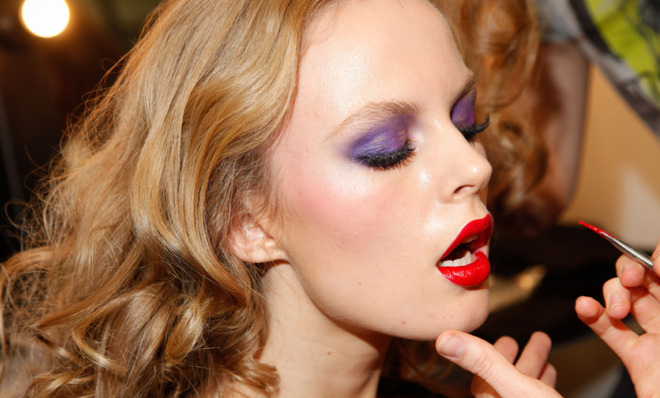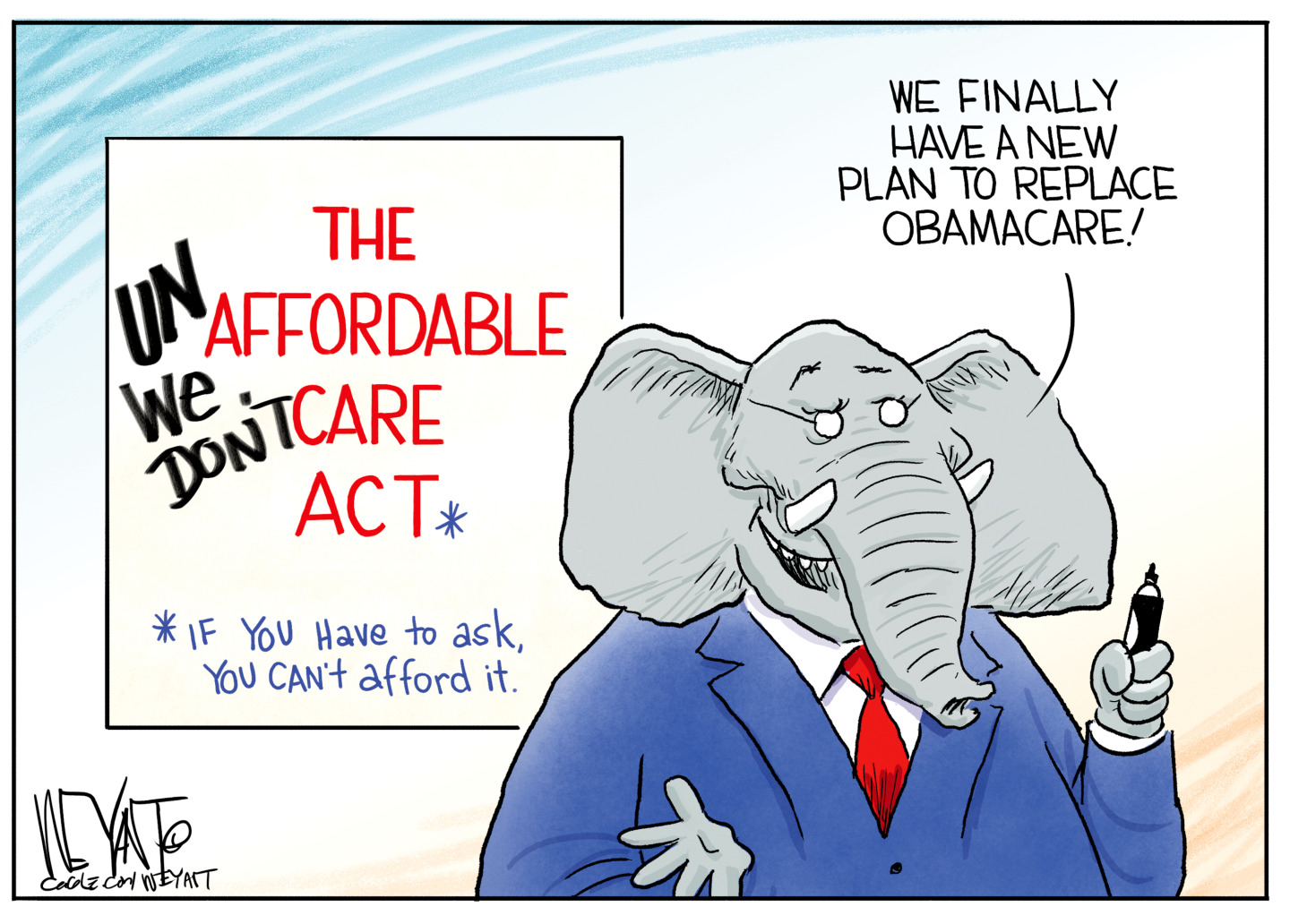How 3D-printed makeup is changing the fashion industry
Say goodbye to a limited selection engineered for Caucasian faces

For many people of varying skin tones, finding the perfect shade of makeup is a near-impossible task. That's why Grace Choi wants to give people the tools to create a customized line of makeup at home, using 3D printing technology.
Choi is the founder of Mink, a desktop 3D printer capable of creating any color of eye shadow, lipstick, lip gloss, and nail polish. Instead of using standard ink, Choi's product uses FDA-compliant ingredients. Future iterations will be able to process foundations and face powder, too.
"Beauty is defined by the colors [big] companies choose to manufacture, which are the ones they think will sell and the ones we see on the models they select to represent their brands," Choi said in an interview with Forbes. "What if you want a color that you think is beautiful but the industry doesn't? You can't have it because you can't control what the industry produces, and the most tragic thing about it all is that we don't even question it. We have been trained so well by these companies that we blindly accept the narrow band of options in front of us."
The Week
Escape your echo chamber. Get the facts behind the news, plus analysis from multiple perspectives.

Sign up for The Week's Free Newsletters
From our morning news briefing to a weekly Good News Newsletter, get the best of The Week delivered directly to your inbox.
From our morning news briefing to a weekly Good News Newsletter, get the best of The Week delivered directly to your inbox.
Not only does Choi's device make women less reliant on the makeup industry — which consulting and marketing research firm Lucintel estimates will balloon to $265 billion globally by 2017 — it could potentially solve the problem many women of color face. Most off-the-shelf makeup is made with Caucasian faces in mind. As Rebecca Pahle of The Mary Sue pointed out, letting women choose the specific shades they find appealing will help limit the power the makeup industry has in defining which tones are considered attractive. This is important. As The Daily Beast reported, most major cosmetic brands have never featured an Asian model, except for Estee Lauder, which worked with Liu Wen in 2010. Letting women create their own colors gives them the power to say what they think beauty looks like.
That's not to mention that if Choi's product succeeds, it will make her one of the few female faces in the booming 3-D printing industry, which made $3.1 billion last year, according to a report by Wohlers Associates.
Choi said during her TechCrunch Disrupt presentation in May, where she first presented Mink, that she was inspired to create the device after becoming frustrated with the meager selection of mass-produced colors at drug stores, and having to go to expensive high-end stores like Sephora to buy specific shades that suited her. She wanted to give the power of selection to women instead of high-end corporations.
So how does it work? You simply snap a picture or take a screenshot of the hue you want and figure out its hex code by using a color picker. Then, using a photo-editing program, you enter the hex code in a new document, which will create a square of whatever color you want. Finally, you print the color out the same way you would print a document. However, instead of watching the printer spit out lines of text on a piece of paper, the 3D printer builds powder or cream in the shade you selected inside a special Mink container.
A free daily email with the biggest news stories of the day – and the best features from TheWeek.com
The device, which is expected to go to market later this year, will retail for around $300, while ink, substrates, and customized cases will be purchased separately. Considering that Mint.com reports that the average woman spends $15,000 on makeup during her lifetime, $300 seems like a bargain.
Michelle Castillo is a freelance writer and editor and a pop culture junkie. Her work has appeared in TIME, the Los Angeles Times and CBS News.
-
 A luxury walking tour in Western Australia
A luxury walking tour in Western AustraliaThe Week Recommends Walk through an ‘ancient forest’ and listen to the ‘gentle hushing’ of the upper canopy
-
 What Nick Fuentes and the Groypers want
What Nick Fuentes and the Groypers wantThe Explainer White supremacism has a new face in the US: a clean-cut 27-year-old with a vast social media following
-
 5 highly amusing cartoons about rising health insurance premiums
5 highly amusing cartoons about rising health insurance premiumsCartoon Artists take on the ACA, Christmas road hazards, and more